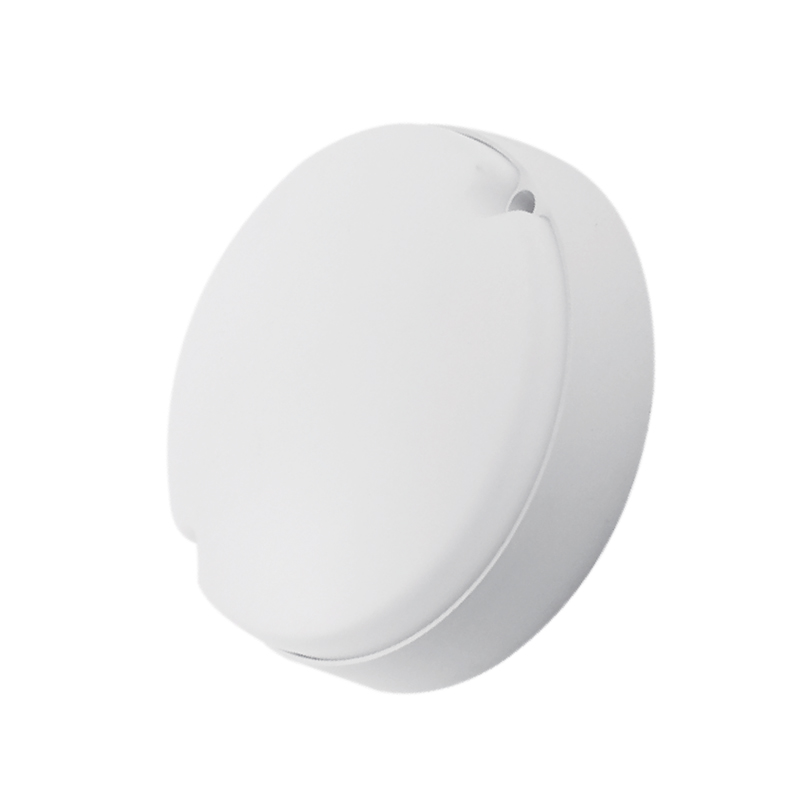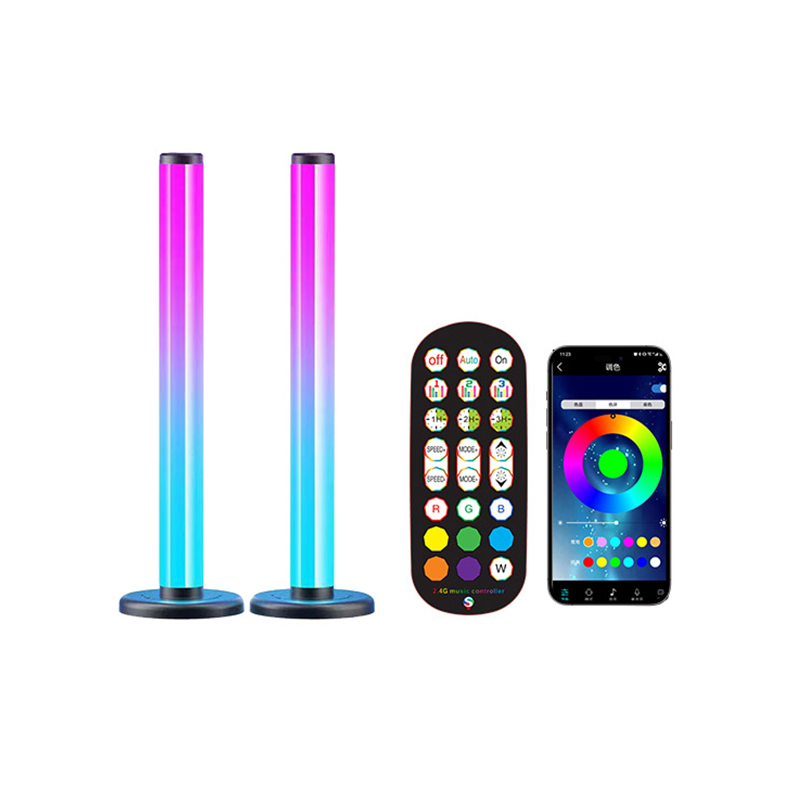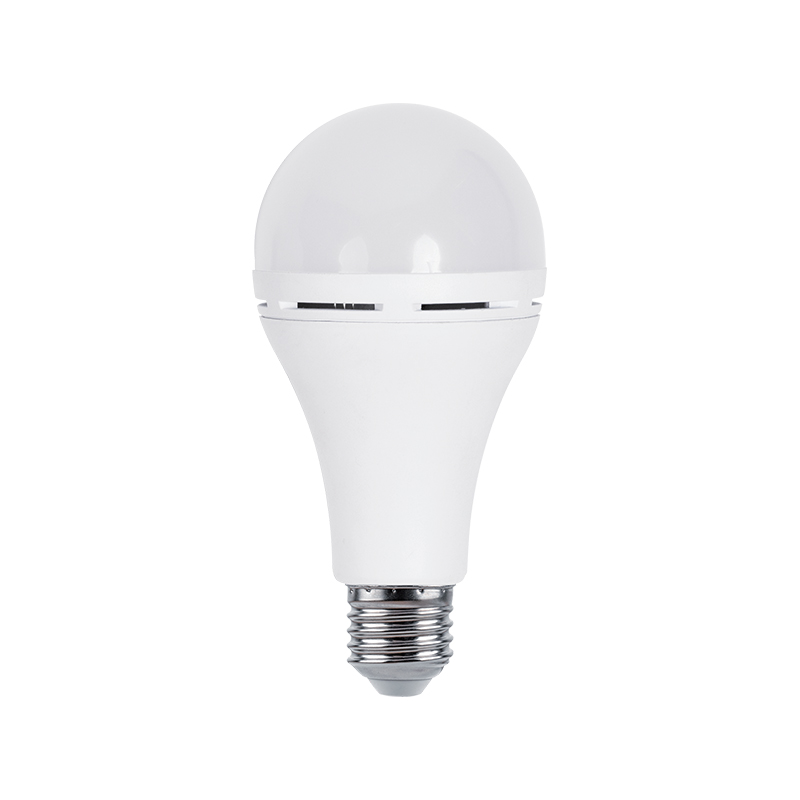We sincerely look forward to establishing a long-term development partnership with you with good quality and professional services.
The transition to LED technology in cold storage, walk-in coolers, freezer cases, and refrigerated display environments represents a significant advancement in energy efficiency and lighting quality. Specifically, the t8 fresh food lighting led tube has become the industry standard for illuminating perishable goods. However, the successful implementation of these lighting solutions hinges on far more than simply swapping out old fluorescent tubes. Low-temperature environments present a unique set of challenges that, if not properly addressed during installation, can compromise performance, reduce lifespan, and negate the anticipated return on investment.
Understanding the Impact of Low Temperatures on LED Performance
To appreciate the importance of proper installation, one must first understand how cold environments affect LED systems. Unlike traditional lighting, LEDs are solid-state devices that are inherently more resilient to cold than fluorescent tubes, which can suffer from poor start-up and reduced light output in the cold. However, LEDs are not immune to the effects of temperature. The primary concern is not the LED chip itself, which often performs more efficiently in cooler conditions, but the supporting electronic components. The power supply, or driver, which is typically integrated into the tube in a t8 fresh food lighting led tube, contains capacitors and other elements whose performance and lifespan can be adversely affected by extreme cold. These components can experience increased internal resistance, leading to difficulties in starting and potential failure if not designed for such conditions. Furthermore, the materials used in the tube’s construction, including the plastic diffuser and the printed circuit board (PCB), can become more brittle at low temperatures, increasing susceptibility to damage from physical shock or vibration during handling and installation. Therefore, the first and most crucial best practice is to always select a t8 fresh food lighting led tube that is explicitly rated and warranted for use in low-temperature environments, often specified down to -20°C or -30°C.
Pre-Installation Assessment and Planning
A successful installation begins long before the first tube is mounted. A meticulous pre-installation assessment is paramount for avoiding costly mistakes and callbacks.
Environment Evaluation: The installer must first accurately identify the specific type of low-temperature environment. The requirements for a +4°C walk-in cooler are different from those of a -20°C freezer storage or an open refrigerated display case with high humidity. Document the minimum and maximum expected temperatures, as well as the humidity levels. High humidity can lead to condensation, which poses a separate risk of moisture ingress and corrosion.
Fixture and Electrical Audit: Existing fixtures must be thoroughly inspected. In cold environments, fixtures are often subject to corrosion. Check for rusted sockets, damaged wiring, and the integrity of the fixture housing. Crucially, determine the type of existing ballast in the system. This leads to the single most important decision in the installation process: choosing the correct wiring method for the t8 fresh food lighting led tube.
Wiring Method Decision: There are two primary methods for installing an LED tube: ballast-compatible (plug-and-play) and direct-wire (ballast-bypass). Each has significant implications for low-temperature installations.
- Ballast-Compatible: This method is simpler, as it involves simply replacing the fluorescent tube with the LED tube without altering the fixture’s wiring. However, this approach is often not recommended for low-temperature environments. The existing electromagnetic ballast may fail to start reliably in the cold, and even a compatible electronic ballast is an additional point of failure that itself may not be rated for extreme cold. Using the ballast also adds energy inefficiency.
- Direct-Wire (Ballast Bypass): This method involves removing the existing fluorescent ballast and wiring the AC line voltage directly to the lamp holders. This is universally considered the superior installation method for low-temperature applications. It eliminates the ballast as a point of failure, improves energy efficiency by removing the ballast’s power consumption, and ensures the t8 fresh food lighting led tube receives power directly. Most tubes designed for cold use are engineered for this direct-wire approach. It is imperative to confirm that the selected tube is approved for this type of installation.
A pre-installation plan should also include ensuring a stable power supply. Voltage fluctuations can be more pronounced in large refrigeration systems where compressors cycle on and off, and a stable supply is critical for LED longevity.
Step-by-Step Installation Procedures for Ballast Bypass
Given that the direct-wire method is the best practice for low-temperature settings, the following step-by-step procedure should be followed meticulously.
1. Power Down and Safety Lockout: The absolute first step is to disconnect all power to the light fixture at the circuit breaker panel. Use a lockout/tagout (LOTO) procedure to ensure the power cannot be accidentally restored while work is being performed. Verify that the power is off using a certified voltage tester at the fixture itself.
2. Access the Fixture and Remove the Old Ballast: Carefully open the fixture to gain access to the internal wiring. Locate the fluorescent ballast. Cut the wires connecting the ballast to the AC power, the lamp holders (sockets), and the ground. Disconnect and remove the ballast entirely from the fixture. Properly dispose of the old ballast according to local regulations.
3. Prepare the Lamp Holders (Sockets): A critical step specific to LED tube installation is socket shunting. Traditional fluorescent tombstones (sockets) often contain a internal electrical shunt that allows current to pass through to the other end of the tube to heat the filaments. In a direct-wire LED installation, this shunt must be removed or “defeated.” Using a small tool, the metal shunt clip inside the socket must be carefully bent or broken to create an open circuit. Failure to de-shunt the sockets will result in a short circuit when power is applied, potentially destroying the LED tube and creating a fire hazard. Some modern fixtures use non-shunted sockets specifically for LEDs, which should be identified beforehand.
4. Rewire the Fixture for Direct AC Line Voltage: The incoming AC line voltage (typically black [hot] and white [neutral] wires) must now be connected directly to the lamp holders. The standard wiring configuration for a single-end powered t8 fresh food lighting led tube is to connect the line voltage to one pair of sockets at one end of the fixture. The black (hot) wire is connected to one socket, and the white (neutral) wire is connected to the other socket on the same end. The sockets at the opposite end of the fixture are not connected to power; they simply provide mechanical support for the tube. It is essential to follow the specific wiring diagram provided by the t8 fresh food lighting led tube manufacturer, as some double-end powered models may require a different configuration. All wire connections must be secure and made using wire nuts or other approved connectors.
5. Grounding and Reassembly: Ensure the fixture’s ground wire is properly connected to the chassis. Carefully reassemble the fixture, ensuring all gaskets and seals are intact to protect against moisture and dust, which are common in cold environments.
6. Install the LED Tubes and Test: Install the t8 fresh food lighting led tube according to the manufacturer’s instructions, noting the correct orientation for powered vs. non-powered ends. Once all tubes are securely seated, restore power at the circuit breaker and test the installation for immediate operation. It is advisable to allow the fixture to complete several on/off cycles to ensure stable performance.
Post-Installation Considerations and Maintenance
The responsibility for a successful installation does not end once the lights are on. Several post-installation actions are crucial for long-term reliability.
Monitoring and Documentation: After installation, the system should be monitored, especially during the coldest periods, to ensure instant and reliable start-up. Keep a record of the installation date, the model of the t8 fresh food lighting led tube used, and the wiring method employed. This documentation is invaluable for future maintenance and troubleshooting.
Routine Maintenance Schedule: Even though LEDs have long lifespans, fixtures in harsh environments require periodic checks. Establish a maintenance schedule to inspect for any signs of moisture ingress, corrosion on sockets or contacts, and the integrity of wire connections. Vibrations from refrigeration compressors can occasionally loosen connections over time.
Understanding Performance Metrics: Installers and facility managers should understand that the luminous flux (brightness) of an LED is measured at a specific junction temperature. A t8 fresh food lighting led tube operating in a -20°C environment will actually produce more light than the same tube would in a +25°C environment because the cooler operating temperature increases light output efficiency. This is a positive benefit of cold-environment operation.

 English
English Español
Español Deutsch
Deutsch






